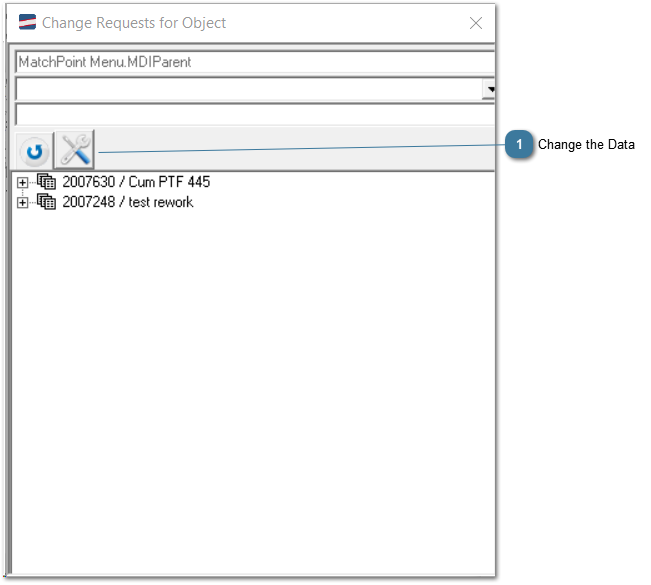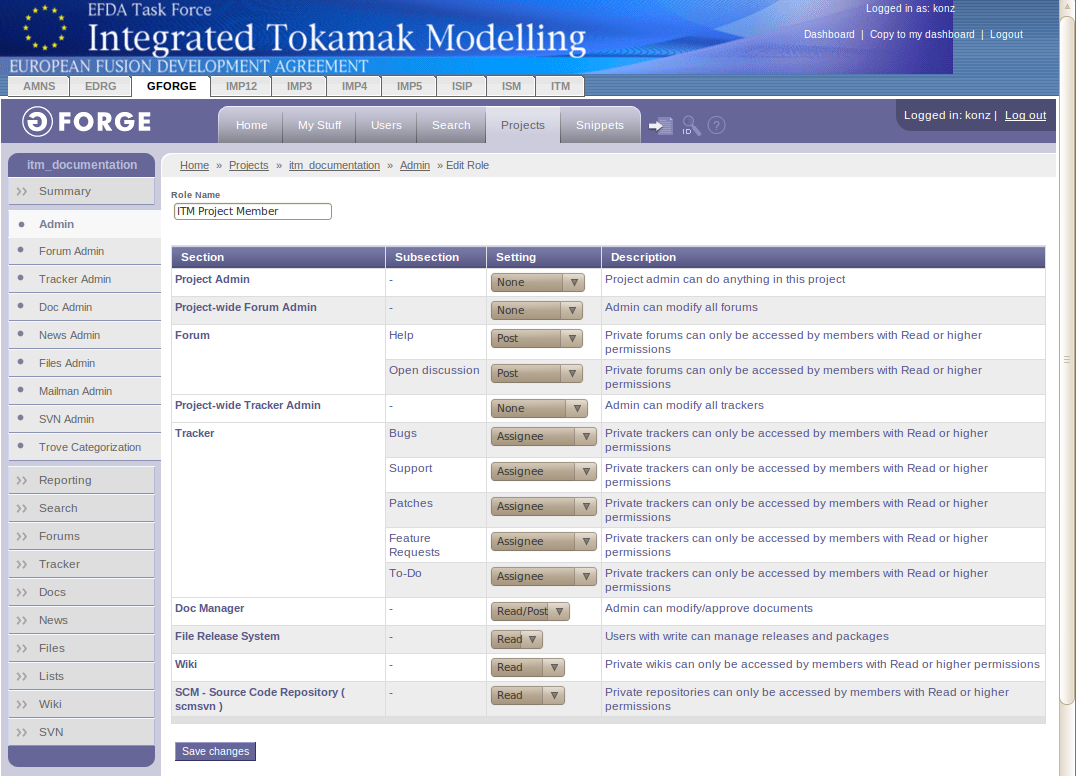
- #Are file permissions reset when updating from svn password
- #Are file permissions reset when updating from svn windows
If you choose to edit only the scene file, or if some material used in the scene is currently being edited by other users sharing the same central repository, the locked frames of that levels will be displayed with a forbidden icon in the Level Strip. When editing a scene file (TNZ format), in the dialog that opens it’s possible to check the Edit Scene Contents option, in order to be able to edit the materials used in the scene as well. At the moment a file is about to be edited, it’s possible to type in a Comment, to let the other users know about your editing operation. The Edit operation “locks” the file, so only the user running the command will be able to modify it (preventing other users using the same central repository from unlocking it and being able to modify it). When using the version control system, in order to modify files you have to put them in Edit mode before loading them into OpenToonz if not, they will be loaded as read-only. OpenToonz supports the Subversion version control system, which is one of the most popular version control systems, used in many high-scale open source projects. In case a previous version of the file is needed, it is always possible to retrieve it from the central repository. The file you put will be saved as the last revision of the file, while the previous revisions will be retained as file history, and all the users sharing the same central repository can get if from there. When you need to work on a file, you can get it from the central repository to your working copy, and edit it when you finish working on the file and you want to submit the changes, you can put it back from your working copy to the central repository. The central repository must be located in a shared resource (that can be a computer in your local network or an internet-based repository), while the local copy of files, called working copy, at a specific time or revision, should be located on the computer you use. The version control system keeps in a central repository a constant history of revisions for every file in the production database. Understanding the Folder and File Icons.Initializing the Version Control in OpenToonz.Configuring the Version Control in OpenToonz.Installing the Version Control Client on Macintosh.

#Are file permissions reset when updating from svn windows
Installing the Version Control Client on Windows.You were given several pointers, but without grasping the separation that may not help you. But it will be a feature of one of the many httpd auth methods and modules, not mod_dav_svn.
#Are file permissions reset when updating from svn password
In this case, there simply is no such thing as a "Subversion password", only one for httpd.Īnd for self-service password changes Subversion does not care how you do it. No, but I might at this point note that you /basically/ were unable to grasp that authentication in mod_dav_svn is delegated to Apache httpd. > Basically you are trying to say user can't change password by his own ? This > uses common and adaptable >auth methods, including directory services.

>How to make this user self-servicable is out of scope for Subversion as it > the password the same way >as you created it. >Refer to the documentation for httpd auth module you are using. Here is information which we using in our environment: On which platform (and >version) and hopefully someone will be able to help >.and then you can tell us which authentication method you are using and >So, again, it depends on how you have configured _authentication_. You are, so this is part of _authentication_. Usernames and passwords >are one way of proving who (who you are) whilst >subversion optionally deals with _authorisation_ (what and then you can tell us which authentication method you are using and on which platform (and version) and hopefully someone will be able to help you. So, again, it depends on how you have configured _authentication_. Usernames and passwords are one way of proving who you are, so this is part of _authentication_.

Apache deals with user _authentication_ (who you are) whilst subversion optionally deals with _authorisation_ (what you are allowed to do). Neither mod_dav nor mod_dav_svn are involved in passwords. Please do read the answers you are given and if you do not understand, ask (rather than guess and hope). > using DAV method for repository access. > We have configured svn with Apache web server (mod_dav,mod_dav_svn) and

From: Mohsin [mailto: Sent: 05 March 2015 02:49


 0 kommentar(er)
0 kommentar(er)
